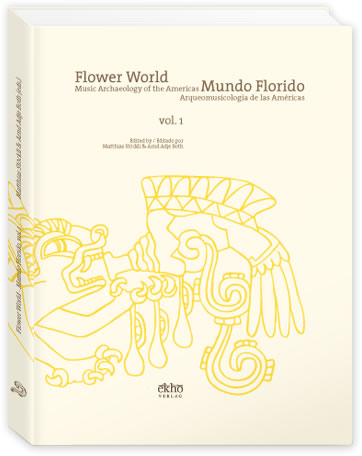Werner Schroeter’s films abound with the artifice, staginess, recontextualizations, and quotations typical of both camp and kitsch.
His achievement in Der Bomberpilot (1970) involves overturning mainstream interpretations of kitsch as a rejected externality by bringing what he called Kulturscheisse into productive play with contemporary German identities and their efforts to engage with alterity and the past. The film’s score is a grab bag that includes selections from Verdi, Sibelius, Wagner, Strauss, and Elvis, along with U.S. show tunes and German pop songs.
This according to “Embracing kitsch: Werner Schroeter, music and The bomber pilot” by Caryl Flinn, an essay included in Film music: Critical approaches (New York: Continuum, 2001, pp. 129–151).
Above, a still from Der Bomberpilot ; below, the beginning of Mondo Lux: Die Bilderwelten des Werner Schroeter, a documentary finished shortly after Schroeter’s death in 2010.











